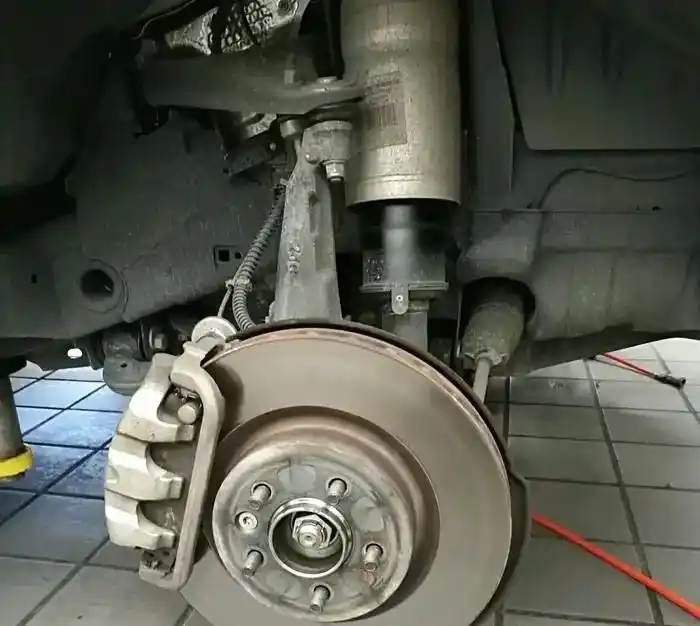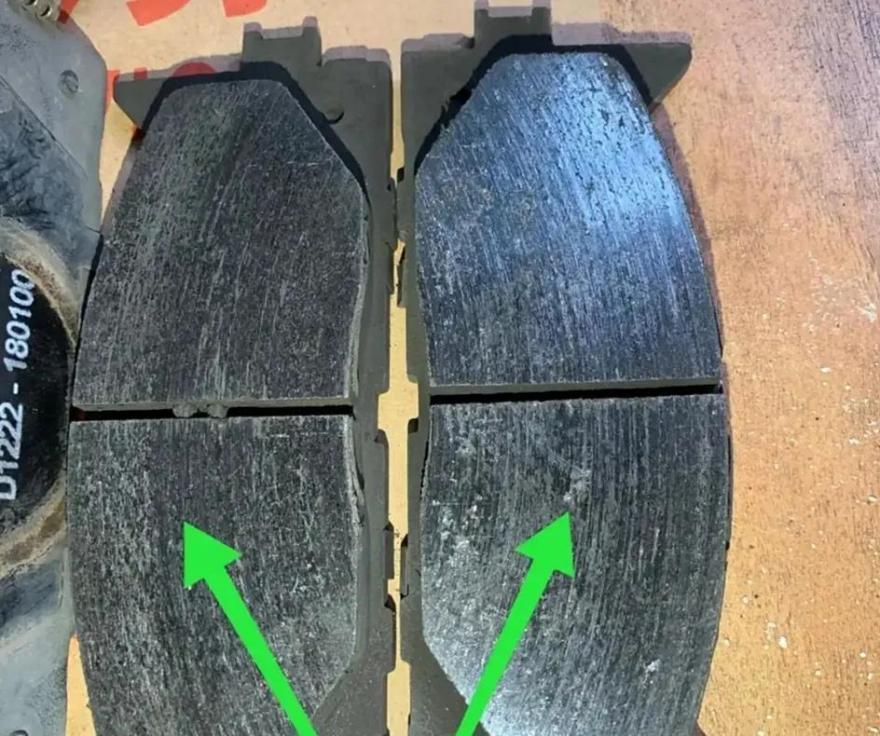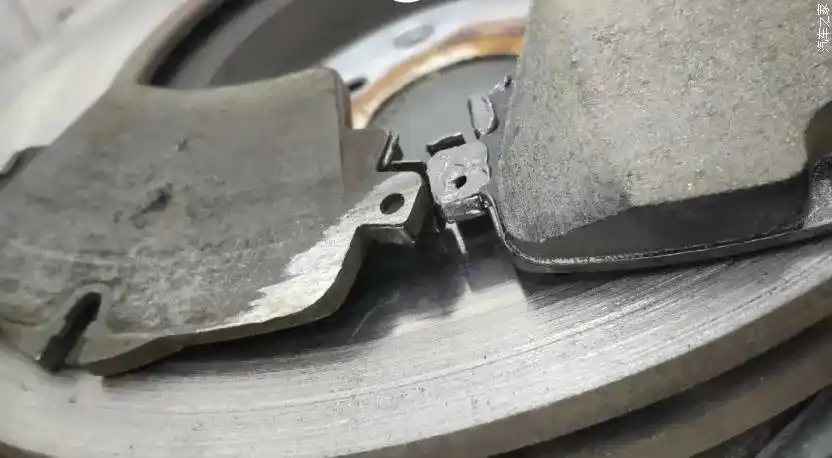Have you ever encountered this situation: just after replacing new brake pads, you feel that the brakes are strong on one side and soft on the other side when driving? Or when doing maintenance, you find that the thickness difference between the left and right brake pads is like a "seesaw"?
Scene I: "Double-standard wear" caused by material differences

A repairman once told me a real case: a car owner wanted to save money, so he replaced the left brake pad with a secondary brake pad, and continued to use the original part on the right. As a result, three months later, the secondary brake pad was full of potholes as if it had been chewed by a dog, while the original brake pad was only worn off a thin layer. It turns out that the friction coefficient of different materials can differ by 30%, just like wearing sneakers and leather shoes in a race, the wear rate is naturally very different. Remember, replacing brake pads should be like buying couples’ clothes – they must be in pairs, even if the other side can still be used, but they must be “equally matched”.
Scene II: The Price of a Curve Fanatic

I know a mountain running enthusiast named Sean Boswell who always likes to show off his skills on the winding mountain road. One time, he found that the brake pad of the right front wheel was always thinner than that of the left one, and thought it was a quality problem. The old master laughed at him and said, “You slam on the brakes every time you turn right, and the outer wheel bears more than twice the friction. How can the brake pads not be biased?” This is like a person who always uses one leg to do long jump, and the shoes will definitely be worn out first. The solution is simple: either reduce the “Akina Mountain God” driving style, or regularly replace the four wheels to ensure that the brake pads are evenly distributed.
Scene III: Stuck Mechanical Ballet

The most easily overlooked thing is the brake cylinder. Last month, a taxi came in for maintenance. The left brake pad was 5 mm thinner than the right one. After disassembling it, the guide pin was covered with rust, as if it was covered with cement. The master used a trick: first spray rust remover, then use a special tool to pull it out while turning, and finally apply high-temperature resistant grease. The whole process is like oiling a rusty door hinge. The guide pin is so flexible that it can do a mechanical dance. Remember, these metal parts are like human joints. Regular lubrication can keep them flexible.
Scene IIII: Chain reaction caused by suspension deformation
I once encountered an accident car. After repairing it, I always felt that the brakes were biased. After checking, I found that the suspension was slightly deformed, causing the wheel to be unable to stand straight like a person with a sprained ankle, and the brake pads could only make contact on one side. This situation is like pouring water with a crooked spout pot. No matter how you adjust the technique, the water flow will still be biased. The solution must start from the root cause. Correcting the suspension is like setting bones. A professional master must use a laser locator to carefully adjust it and restore the entire chassis to the state of “standing like a pine tree”.
The ultimate solution: 30% repair and 70% maintenance
In fact, preventing brake pad eccentric wear is more important than treating it. It is recommended that you check the thickness difference of the brake pad every 5,000 kilometers. If you find that it exceeds 3 mm, you should be alert. During daily maintenance, remember to ask the master to focus on checking the “joint” parts such as the guide pin and piston of the wheel cylinder. Experienced masters will use a folk method: after removing the brake pad, push and pull the wheel cylinder by hand. If it feels like pushing open a rusty drawer, it means that deep maintenance is required.